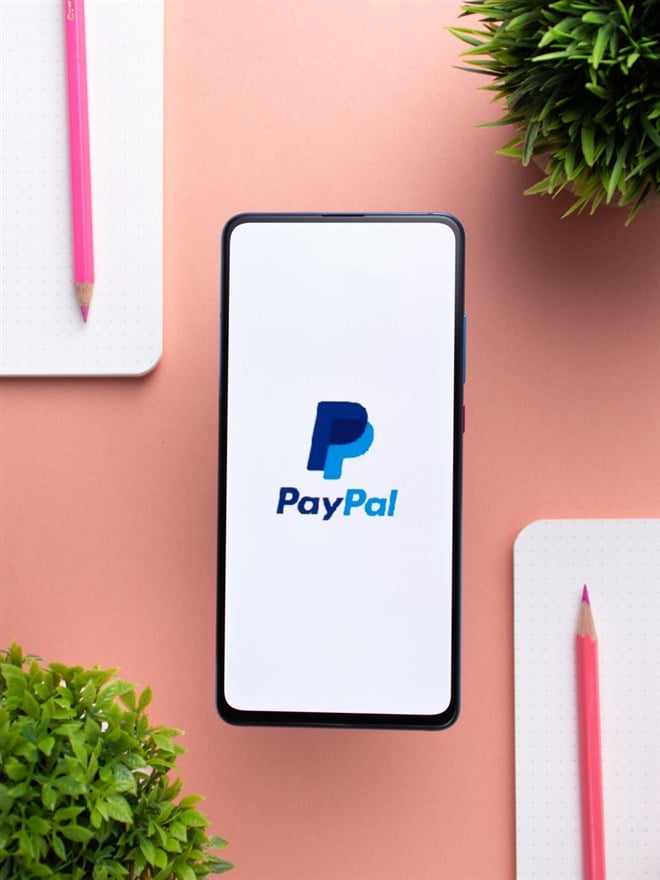
PayPal (NYSE: PYPL) shares surged as the company beat analysts’ expectations. Despite the better than expected results, long-term issues remain, with growth declining to single-digits, to 9%. The company is facing numerous issues, and management has not taken the steps necessary to remain competitive. Markets had been expecting high single-digit growth as late as Q4 2021, but results have not lived up to expectations. Competitors such as Square (NYSE: SQ) continue to eat into Paypal's market share, and the trajectory the company is on is not ideal.
Taking a closer look at PayPal's business model, investors shouldn't be surprised that the stock is down over 77% from its 52-week high. Paypal's management has refused to adjust its business model to an increasingly competitive global payments market. While competitors continue to decrease fees and improve services, PayPal's business model has remained stagnant, while investors remain bullish and are optimistic about PayPal's future, and poor performance out of both its service-based payments and its eBay operations, point to the contrary.
“Our second-quarter results were solid with currency-neutral revenue and non-GAAP earnings growth exceeding expectations,” PayPal President and Chief Executive Officer Dan Schulman said in the earnings release. “We continue to gain share as we execute across our key strategic initiatives, even as we drive operational efficiency across our business.”
Paypal’s growth continues to stumble as competition intensifies
Paypal witnessed an increase in active merchant accounts by 6%, y-o-y, and currently has 429 million active accounts, with 35 million active merchant accounts. Customer engagement increased by 12%. Revenue increased by 9%, but non-GAAP EPS declined by 19% and GAAP-EPS came in at - $0.45.
While total payment volume (TPV), increased by 9% y-o-y, the number has been largely flat for the past three quarters; on the other hand, cross-border trade declined by 6%. While Paypal has blamed the market environment for the problem, in reality, the issue stems from customers preferring cheaper alternatives.
PayPal is losing market share:
PayPal has been losing market share for a while, falling from 55% in 2020 to the latest estimates showing a 44% market share. The global payments market is expected to grow at around 10% for the next 5-6 years. Most of that growth will come from Asia-Pacific, where consumers are unlikely to choose PayPal over competitors such as Payoner, who charge far less for cross-border payments. Market penetration remains high in traditional markets such as the U.S., Germany, and the U.K. where it has 34%, 42%, and 44% of customers, use its products, but many of these customers are increasingly using alternatives to conduct payment.
Expect PayPal to lose market share as we move forward as customers, and especially those dealing with cross-border services and trade-based commerce, move over to more commercially viable alternatives. But it’s not only services-based payments but also payments for e-commerce. Poor backend service, delays, and poor API service have plagued its eBay operations as well. PayPal’s market share could easily halve or even worse go to low double digits in the next few years. The reality is that the global online payments market requires no proprietary technology, and now that the initial days of the industry are over, competition is only likely to increase, and PayPal no longer has an early-mover advantage.
Outlook and financials
PayPal’s shares surged by 11% in after-market trading, and the stock currently trades at P/E of 28x earnings. The forward earnings are now closer to 27x, and the current valuation assumes PayPal will achieve a growth of around 12-13% over the next decade. The valuation remains optimistic, as the competitive landscape of the payments business means PayPal will likely have to reduce its fees in order to compete. Management has guided that TPV will increase by 12% for the year, but again projections remain optimistic, as a global slowdown is likely to reduce volume.
Free cash flow increased by 22%, but the run-rate still remains below 2021. The company currently has $10.5 billion in long-term debt and around $400 million in short-term debt. It should be noted that some of that increase in cash flow is a result of PayPal decreasing its capital expenditure. The company is currently projecting $400-$500 million in CAPEX for the year.













